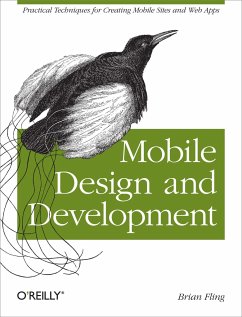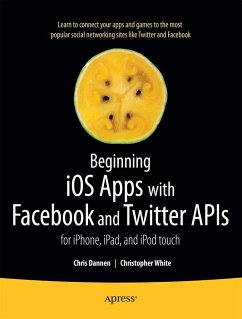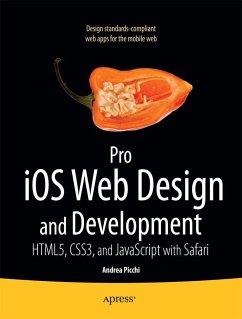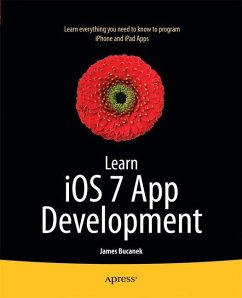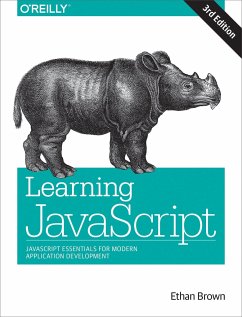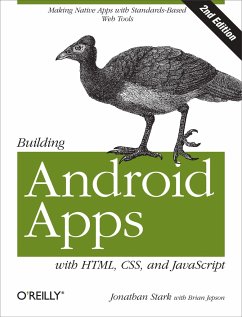Nicht lieferbar
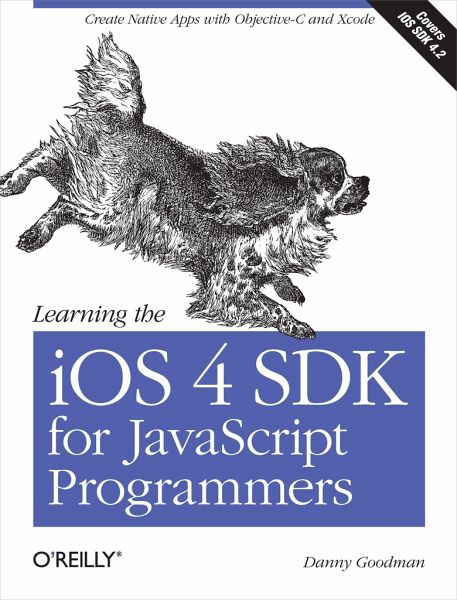
Learning the IOS 4 SDK for JavaScript Programmers
Create Native Apps with Objective-C and Xcode
Versandkostenfrei!
Nicht lieferbar
Weitere Ausgaben:
Is it possible for JavaScript programmers to learn Apple's iOS 4 SDK and live to tell the tale? Technology guru Danny Goodman did, and with this book he leaves a well-marked trail for you to follow. An authority on JavaScript since its inception, Goodman understands the challenges you might face in creating native iOS apps with this SDK, and introduces Xcode, Objective-C, and Cocoa Touch in a context you'll readily understand. Why bother with the SDK when you can simply build web apps for Apple's iOS devices? Web apps can't access an iPhone's music library, camera, or iOS system software for m...
Is it possible for JavaScript programmers to learn Apple's iOS 4 SDK and live to tell the tale? Technology guru Danny Goodman did, and with this book he leaves a well-marked trail for you to follow. An authority on JavaScript since its inception, Goodman understands the challenges you might face in creating native iOS apps with this SDK, and introduces Xcode, Objective-C, and Cocoa Touch in a context you'll readily understand. Why bother with the SDK when you can simply build web apps for Apple's iOS devices? Web apps can't access an iPhone's music library, camera, or iOS system software for maps, audio, and more. Nor can you sell web apps in the App Store. If you want to take full advantage of the iPhone and iPad, iOS 4 SDK is your tool -- and this is your book. Includes full coverage of iOS SDK 4.2. Learn the distinction between web app and iOS native app programming Create a workbench app to test code snippets throughout the learning process Get a structural view of an iOS app, and compare the process of building objects in Objective-C versus JavaScipt Discover how your code launches iOS apps and makes them user-ready Learn about iOS memory management details that are different from JavaScript, including pointers and data types Use Objective-C and Cocoa Touch to implement common JavaScript tasks





